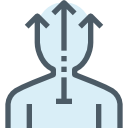Ergonomic Advantages of Standing Desks: Move Better, Work Brighter
Chosen theme: Ergonomic Advantages of Standing Desks. Discover how standing smarter elevates posture, energy, and focus—without gimmicks. Expect practical ergonomics, relatable stories, and simple routines you can start today. Share your setup and subscribe for fresh, evidence-informed tips.
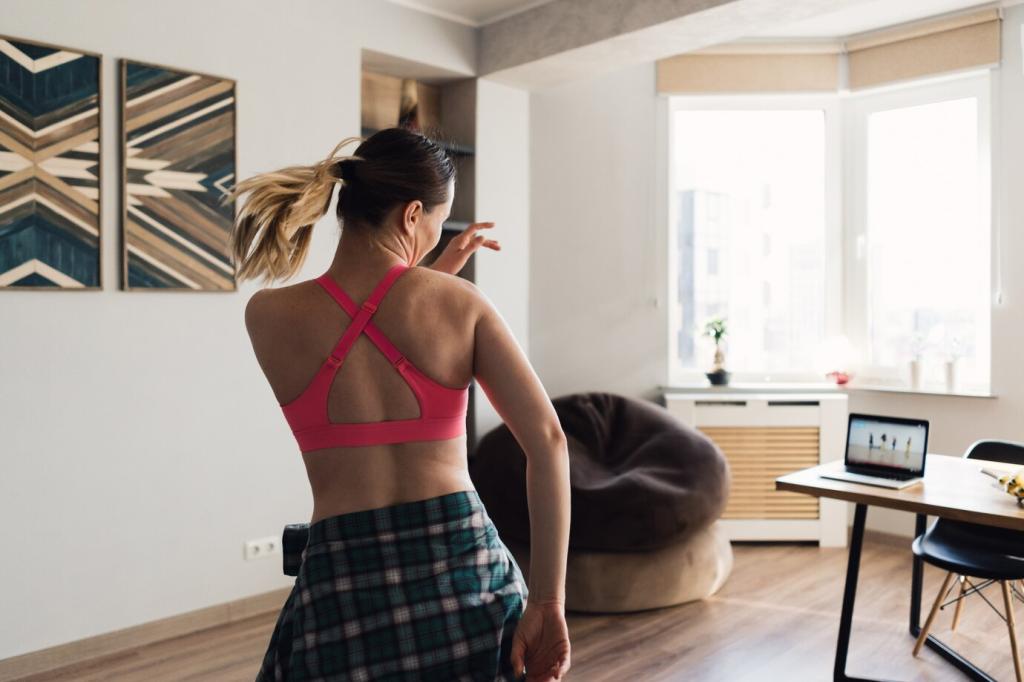
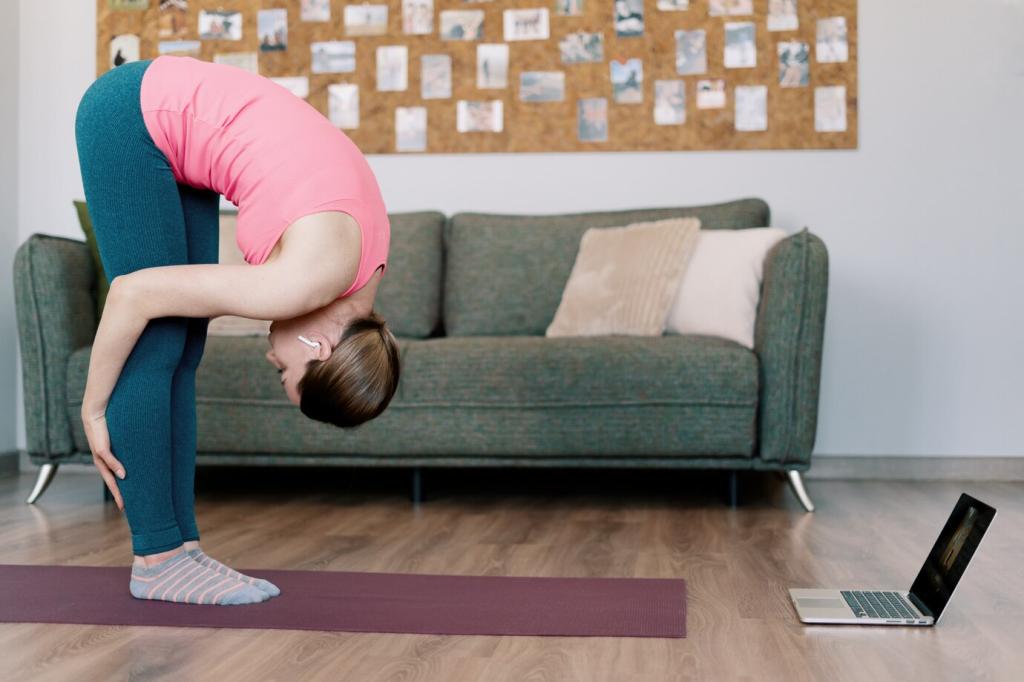
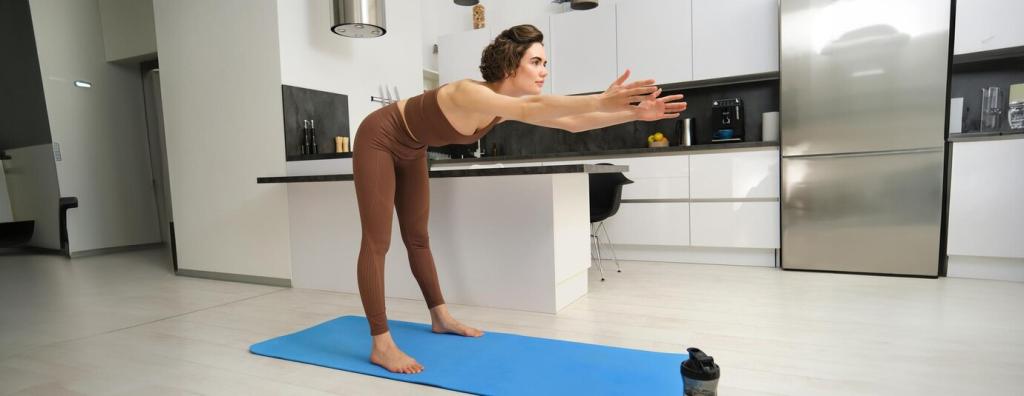
Desk and Elbow Height
Aim for elbows near ninety degrees with relaxed shoulders and forearms parallel to the surface. If the desk rises too high, shoulders creep upward. If too low, wrists collapse. Micro-adjust until movement feels effortless and neutral.
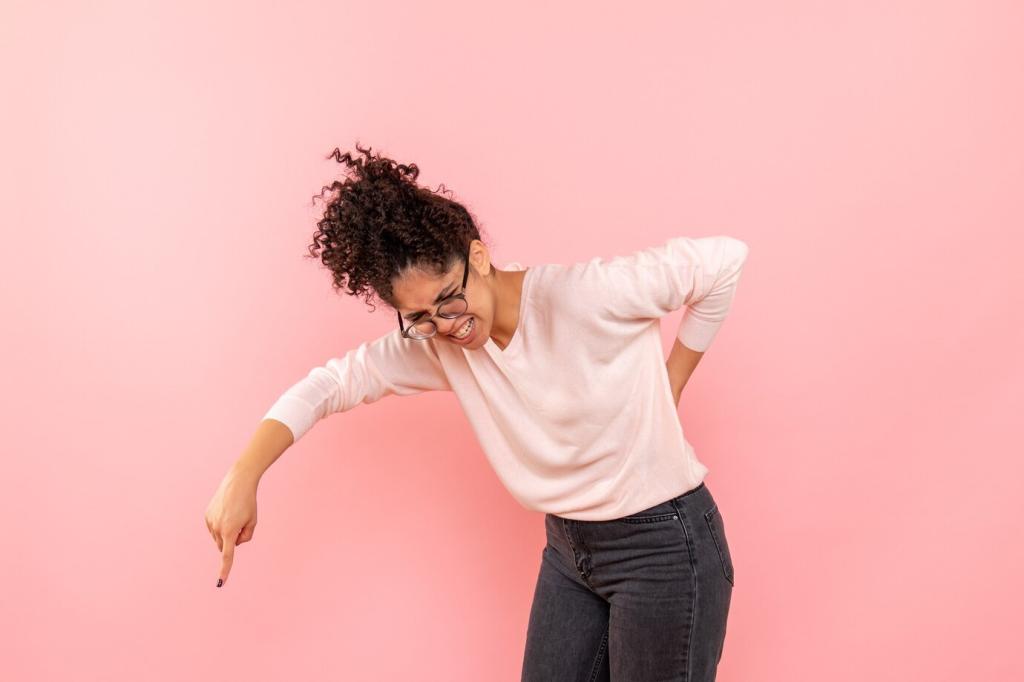
Monitor Position and Visual Comfort
Place the top of your screen near eye level and about an arm’s length away. Your gaze should gently slope downward. This reduces neck craning, encourages upright posture, and lets your eyes rest between lines without straining.
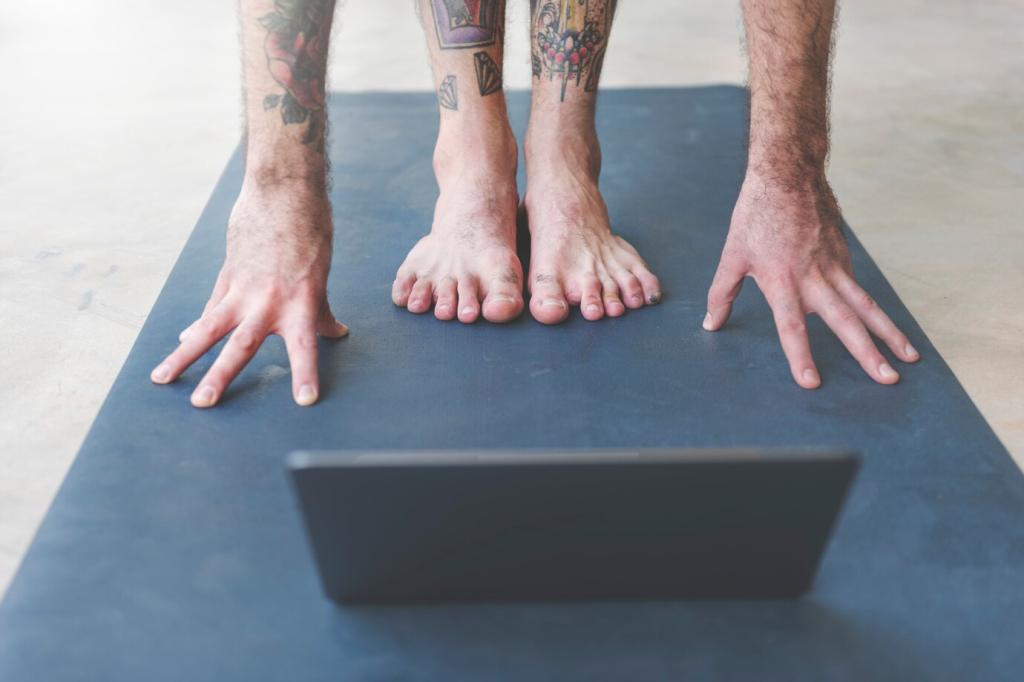
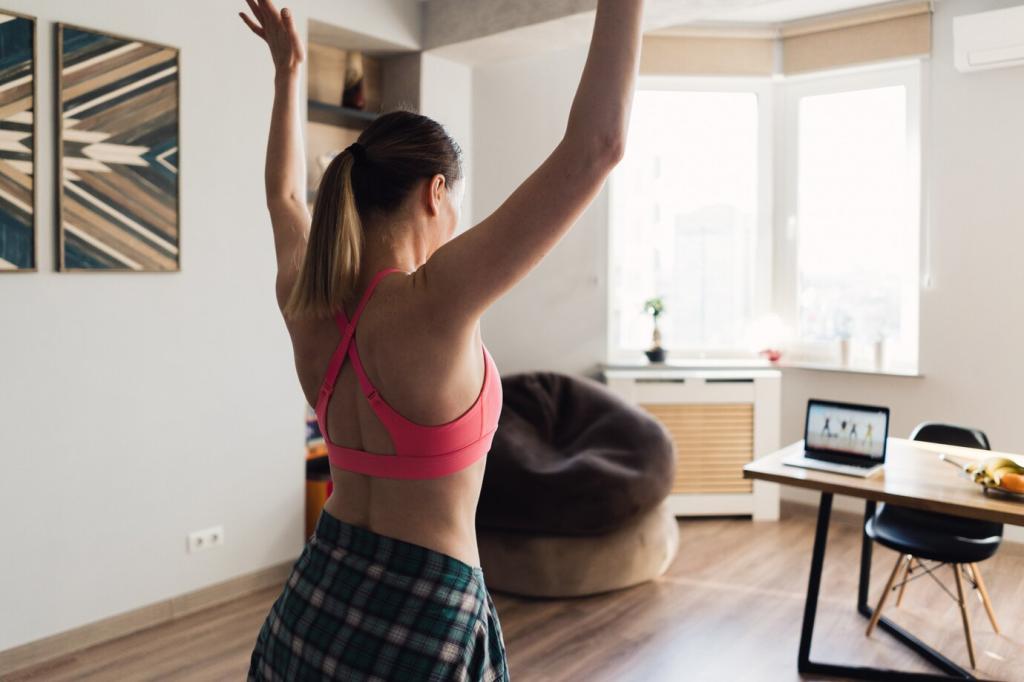
Sit-Stand Rhythms That Actually Work
Try approachable cycles, like twenty-five minutes standing, five minutes sitting, and brief movement breaks each hour. Rigid rules often fail; sustainable rhythms win. Adjust to your task demands, and track energy dips to refine your timing.
Sit-Stand Rhythms That Actually Work
Build tiny movements into transitions: calf raises during file downloads, shoulder rolls before calls, ankle circles while reading. These microbreaks preserve the ergonomic benefits of standing by refreshing tissues and attention without interrupting momentum.
Stories from the Floor Mat
Maya, the Product Designer
Maya started standing for morning critiques and noticed she sketched ideas faster. Her back stopped nagging after lunchtime. The biggest shift? Confidence. She felt physically present in meetings—subtly more energized, communicative, and ready to prototype.
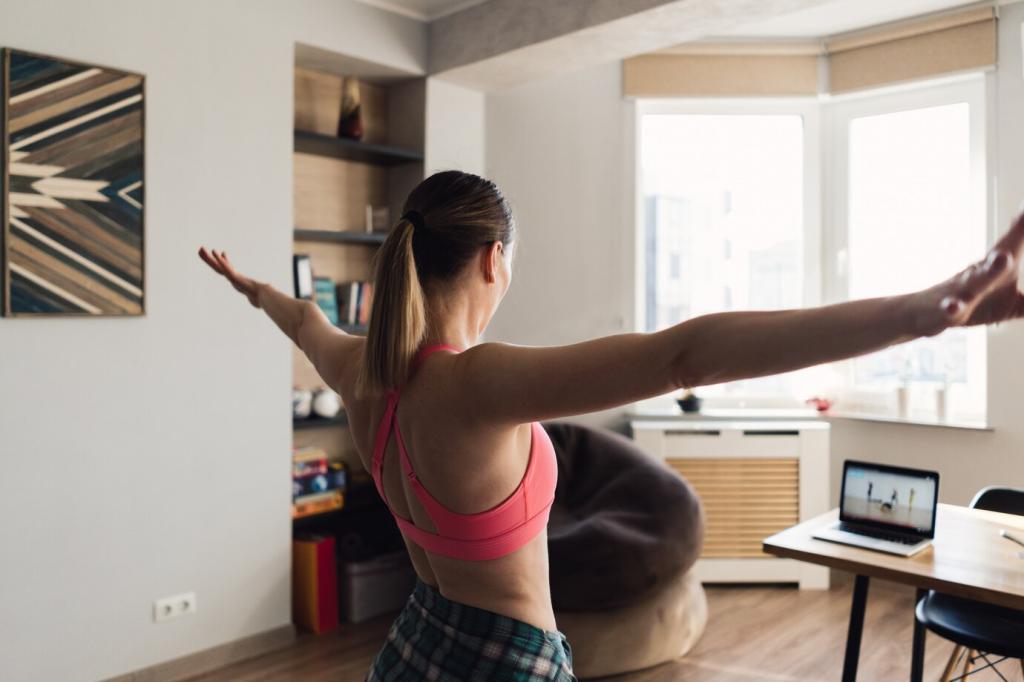
Focus, Energy, and Cognitive Flow
Standing can counter post-lunch lethargy by encouraging subtle muscular activity and deeper breaths. Pair it with water and daylight, and notice whether your midafternoon productivity rebounds. Share your favorite energizing task to pair with standing.
Focus, Energy, and Cognitive Flow
Short, standing meetings often move briskly because bodies naturally prefer efficiency. Fewer tangents, clearer decisions, faster follow-ups. Try it for status updates, then report whether your calendar actually feels lighter by week’s end.
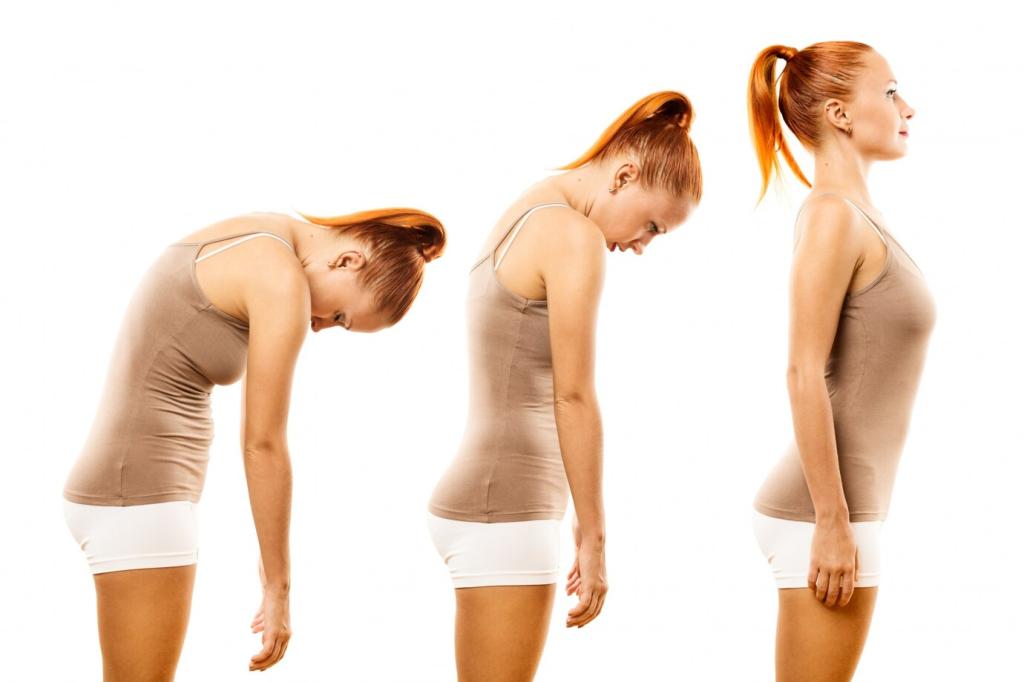
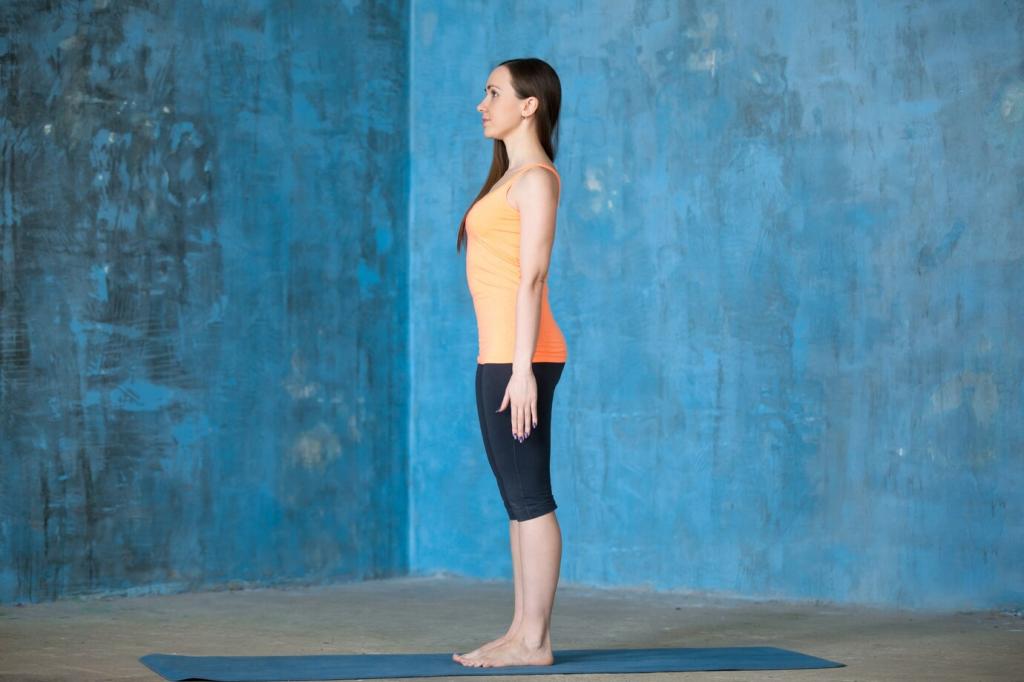
Comfort Tools That Amplify Ergonomic Benefits
Supportive shoes and a quality anti-fatigue mat reduce pressure hotspots. A slightly textured mat encourages micro-movements, refreshing circulation. If you’re transitioning from slippers, your feet might need time—ease in, and share your adaptation timeline.
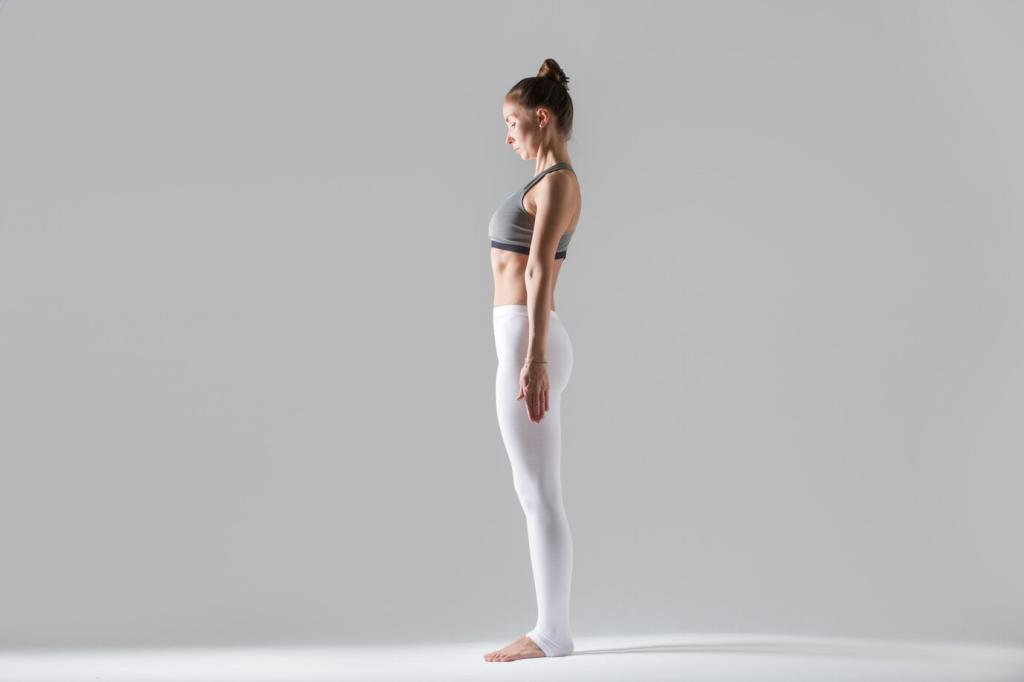
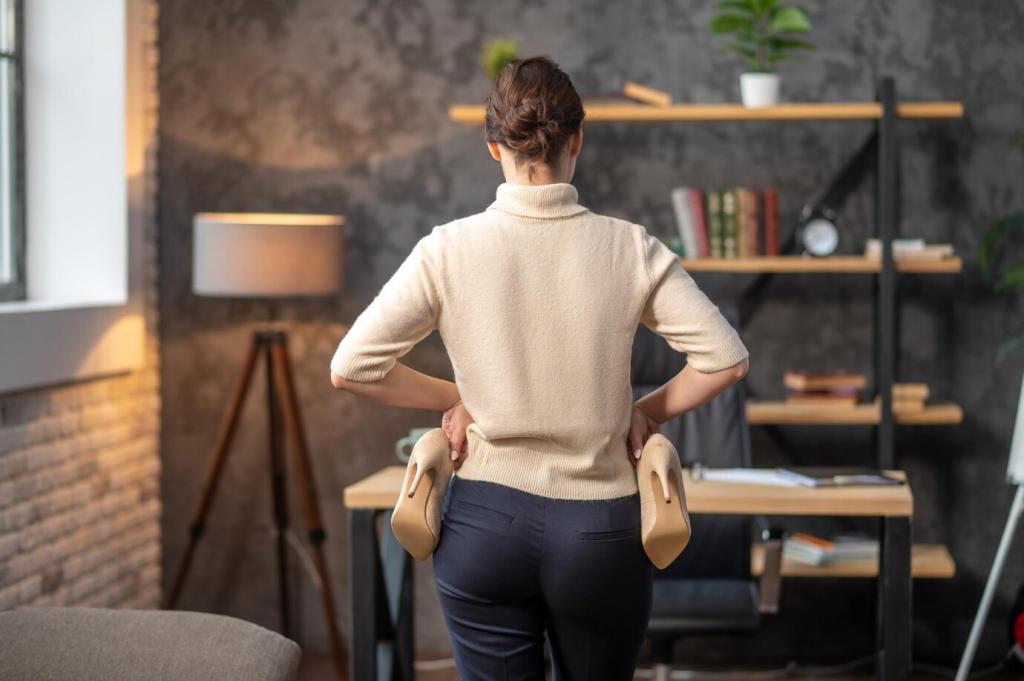
Comfort Tools That Amplify Ergonomic Benefits
Rotating one foot onto a rest changes hip angles and relieves lumbar tension. Light rocker boards invite quiet movement without distraction. Test options for a week each, then comment which delivered comfort without stealing focus.
Common Pitfalls—and How to Avoid Them
All-Day Standing Isn’t the Goal
Endurance marathons in place can irritate joints and plantar tissues. The real advantage is alternation. Blend sitting, standing, and brief movement, listening to early fatigue signals before discomfort becomes tomorrow’s recurring complaint.
Rushing the Transition
Jumping to several standing hours on day one invites soreness. Ramp gradually: add twenty to thirty minutes daily, rotate tasks, and keep comfortable shoes nearby. Document your progression, then share milestones to encourage newcomers.
Ignoring Pain Signals
Persistent pain is a signal to adjust height, posture, or duration. Revisit alignment, try different footwear, or consult a professional. Ergonomic advantages compound only when comfort guides the process—your body’s feedback is the roadmap.
